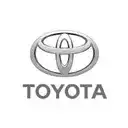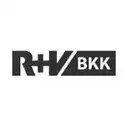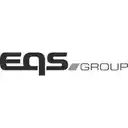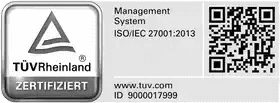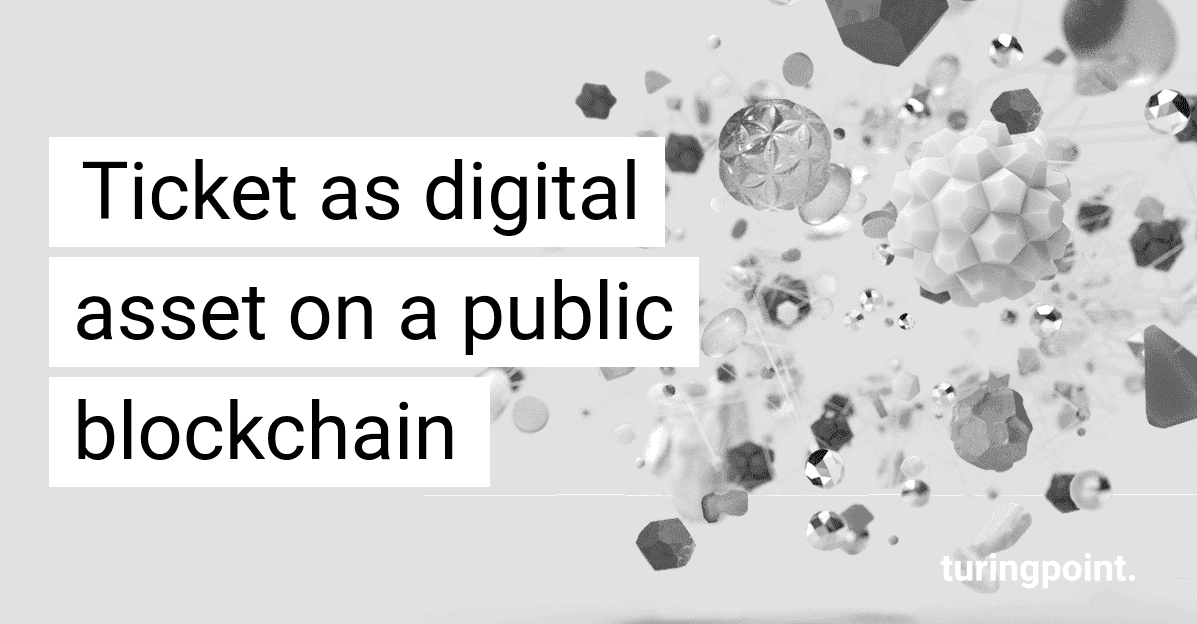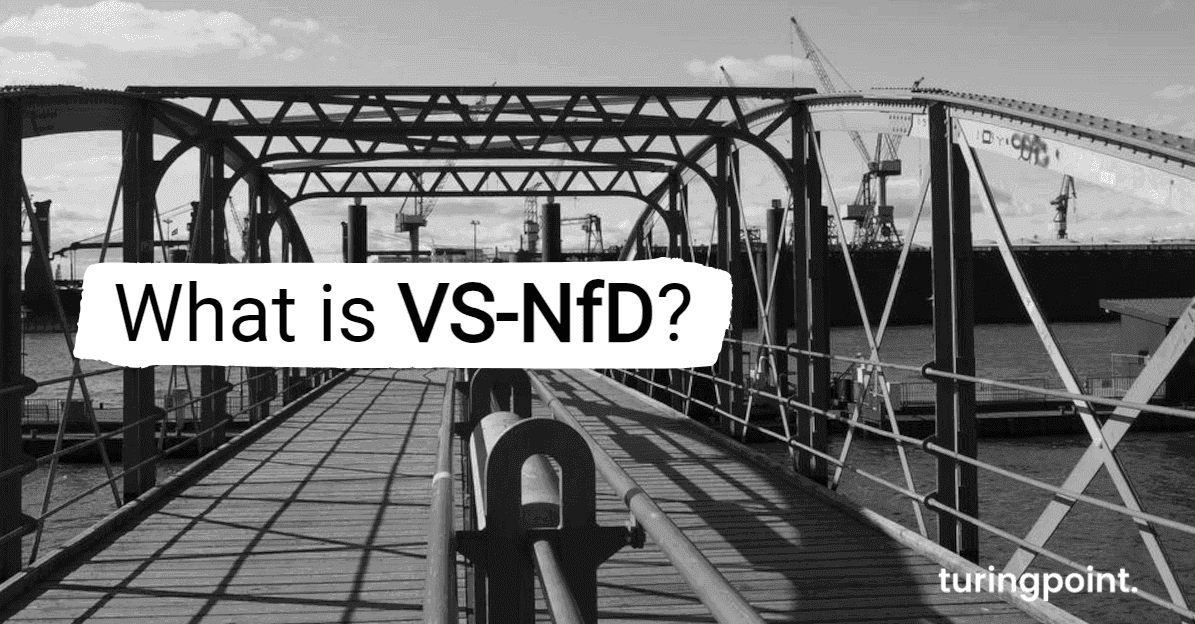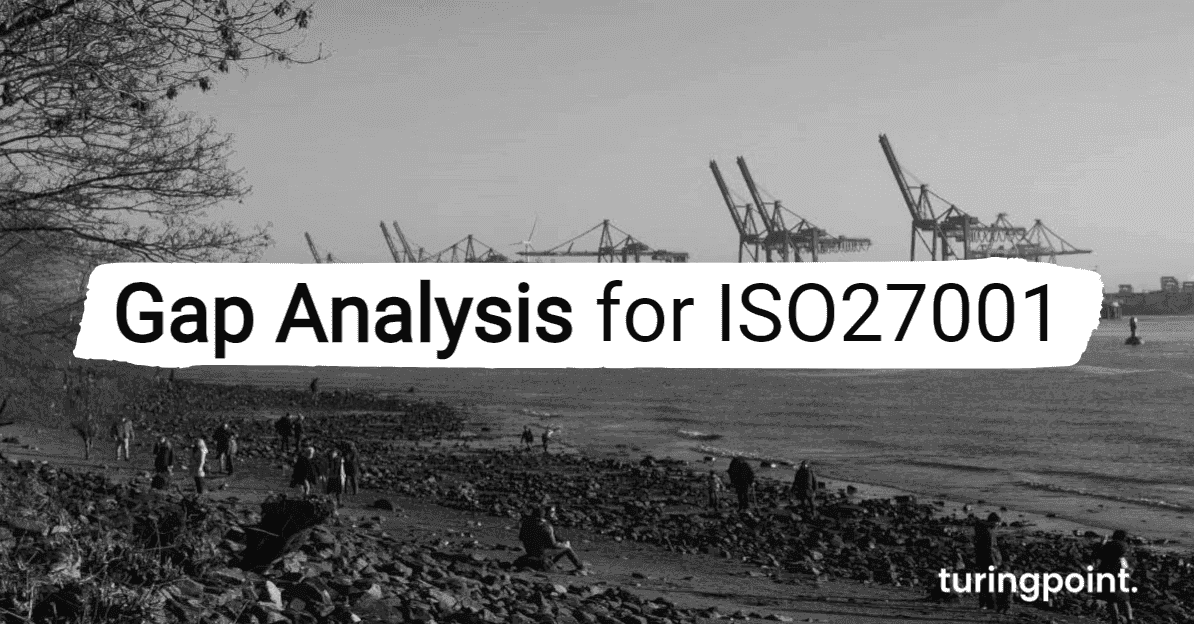Blockchain Development
A blockchain is a growing list of records, called blocks, linked by cryptography. Each block contains a cryptographic hash of the previous block, a timestamp, and transaction data.
Definition and Explanation
What is a Blockchain?
A blockchain is a new type of database model that can create trust when maintained in a decentralized consortium. The performance of this system is lower than traditional systems because operations on this database always involve cryptographic procedures. A change of ownership on this distributed database is only possible if the owner digitally signs the public key of the next owner and appends the data to the current database. This structure guarantees an unbroken audit trail and is required for a consensus mechanism. All of these entries, also called transactions, are grouped into blocks that also depend on each other. This database model is primarily needed for decentralized decision making.

Blockchain Infrastructure
Consensus Mechanism for Decision Making
A consensus mechanism is a process in which a network of nodes ensures a guaranteed order of transactions and validates the block of transactions. The consensus mechanism must provide the following core functionality:
- Validator
Confirms the correctness of all transactions in a proposed block according to policy.
- Deterministic Execution
Agrees on order and correctness, thus on the same results of deterministic execution.
- Smart Contract Layer
Interfaces that depend on the smart contract layer to verify the correctness of the set of transactions in a block.
Foundation for the Metaverse, Web3, DeFi, Crypto and NFTs.
Do I need a Distributed Database - Sense of Purpose
Most applications make more sense in centralized form or cannot be mapped with blockchain technology. This mapping developed by NIST in Blockchain Technology Overview provides clarity in terms of how the technology makes sense.
Technical disadvantages of blockchain-based solutions compared to traditional methods may include high latency, lower data throughput, and high CPU utilization. Potential advantages may include higher resilience, trusted processes, and lower reconciliation costs due to the shared database.
Nevertheless, this technology is the foundation for the Metaverse, Web3, DeFi, Crypto, and NFTs.
Blockchain 101
Blockchain Basics
Smart contracts guarantee trust and are intended to reduce transaction costs between the parties. All participants in the consortium execute this contract as a software procedure to achieve the same result. Thus, this process remains more trustworthy than traditional processes, guarantees higher reliability and offers the possibility to represent complex relationships.
- The Consortium - Network
- The consortium that runs this software must be organized in a flat hierarchy. This is the key point in this concept, because if a single point controls the network, you don't need blockchain. This is a difficult goal to achieve because all stakeholders must agree on a single process, which can lead to a conflict of interest. This point also involves a lot of politics. If a party conflicts with the transparency of the business logic, for example, they cannot participate in the given process. It is important that each stakeholder maintains a blockchain as their own view of the network and participates in the consensus.
- The business logic - Smart Contract
- Smart contracts guarantee trust and are intended to reduce transaction costs between the parties. All participants in the consortium execute this contract as a software procedure to achieve the same result. Thus, this process remains more trustworthy than traditional processes, guarantees higher reliability and offers the possibility to represent complex relationships.
- The Wallet - The Asset Management
- The wallet describes software that stores and manages the keys for transactions. Signing can be used, for example, to send a transaction or execute a smart contract.

Sense of Purpose
Strategy development with SWOT Analysis
Most applications make more sense in centralized form or cannot be mapped with blockchain technology. This mapping developed by NIST in Blockchain Technology Overview provides clarity in terms of how the technology makes sense.
The following SWOT analysis examines a process optimization between multiple ventures through the use of Blockchain technology,
- Strengths
- Confidential processes across corporate bonds.
- Immutable data set
- Complex business logic can be mapped.
- Weaknesses
- More effort compared to traditional systems
- Complex system
- Inefficient data management
- Oracle problem
- Possibilities
- Inefficient processes can be solved across companies and in a trustworthy manner
- Transparency for authorized persons
- Threats
- Policy in the consortium
- Stakeholders must have consistent processes and interests
- Potential scaling issues

Conceptual Design & Development
The Development Process
An individual proof of concept will show for each use case whether a blockchain-based solution can be the beneficial technology. For a sound assessment, one would need to perform a comprehensive cost-benefit analysis covering the entire settlement process, including downstream processes. The assessment of these aspects will vary depending on the use case.
- Concept
A suitable framework and programming language are selected on the basis of a previously created concept. Several criteria are taken into account here, such as the size of the network, the transactions per second, the consensus mechanism, any delimitations of private data or the target system that runs the software. Since scalability is an issue with blockchain technology, the business logics must be ported into small data structures to ensure smooth program execution.
- Development
From a technical point of view, this disruptive technology is extremely inefficient, but offers trust if all framework parameters are properly mapped out. Our development is always agile, unless otherwise requested, and involves a lot of customer interaction to avoid inconsistent information states.
Range of Services for Cyber Security
Further useful Services within the Scope of an IT Security Audit
- Smart Contract Audit
- Smart contracts are programs that are executed in a decentralized manner by each participant in the network. Therefore, smart contracts require more careful audits, as they are economically rewarding targets for hackers.
- Penetration Test
- Penetration tests are simulated attacks from external or internal sources to determine the security of web applications, apps, networks, and infrastructures and uncover any vulnerabilities.
- Static Code Analysis
- Static code analysis, also known as source code analysis, is typically performed as part of a code review and takes place during the implementation phase of a Security Development Lifecycle (SDL).
- Cloud Security
- Due to the increasing complexity of cloud infrastructures, many services are misconfigured. We help you identify and eliminate misconfigurations and their effects.
Contact
Curious? Convinced? Interested?
Schedule a no-obligation initial consultation with one of our sales representatives. Use the following link to select an appointment:

